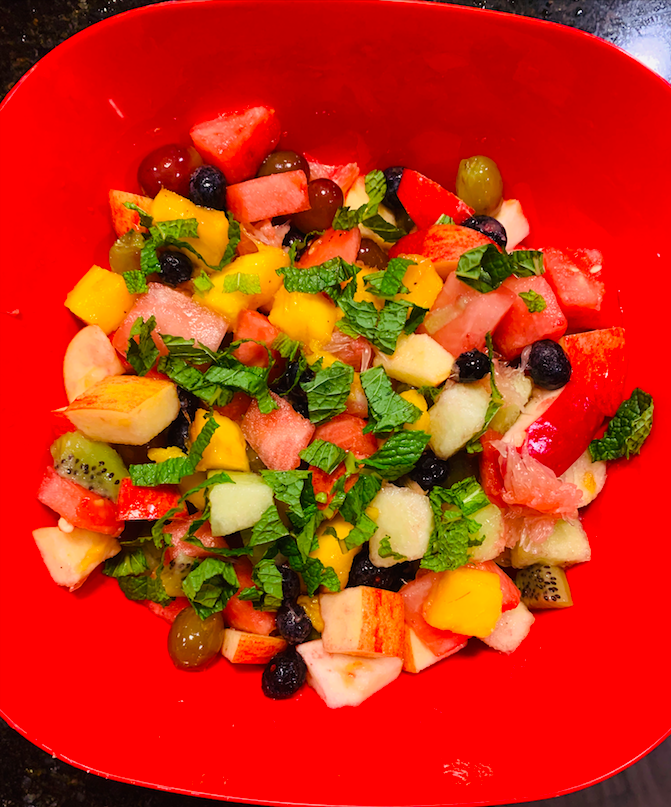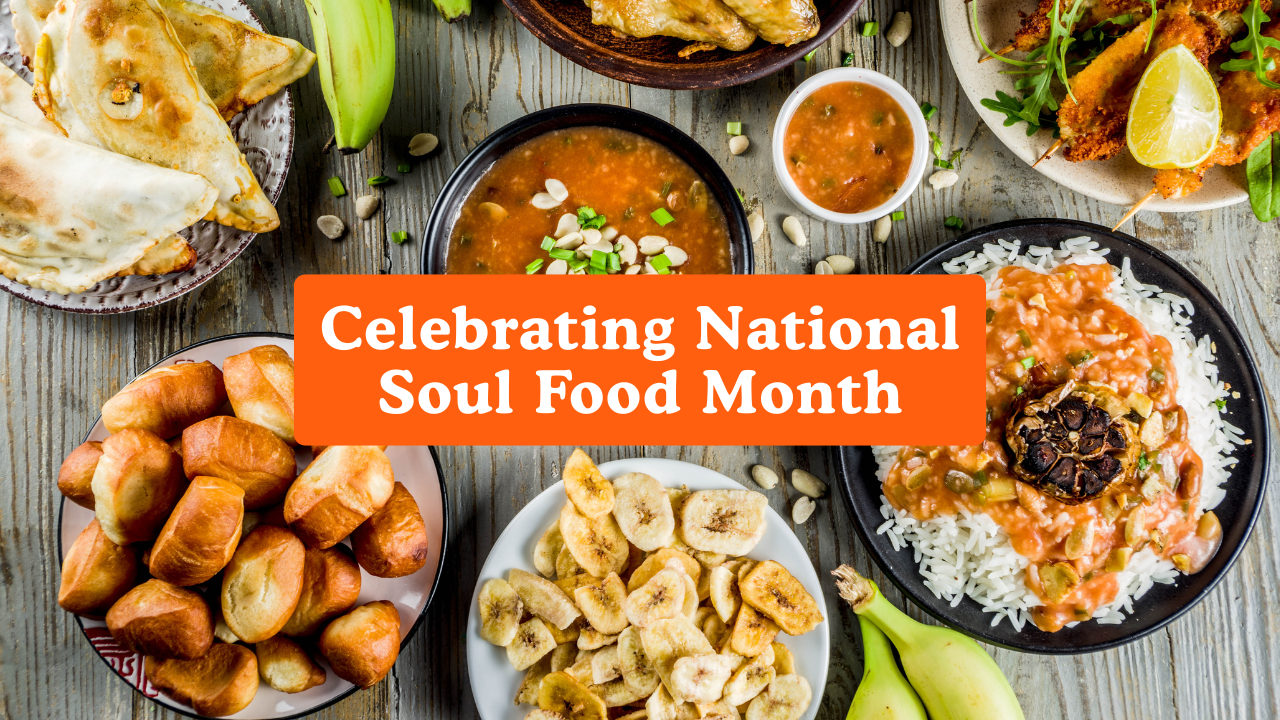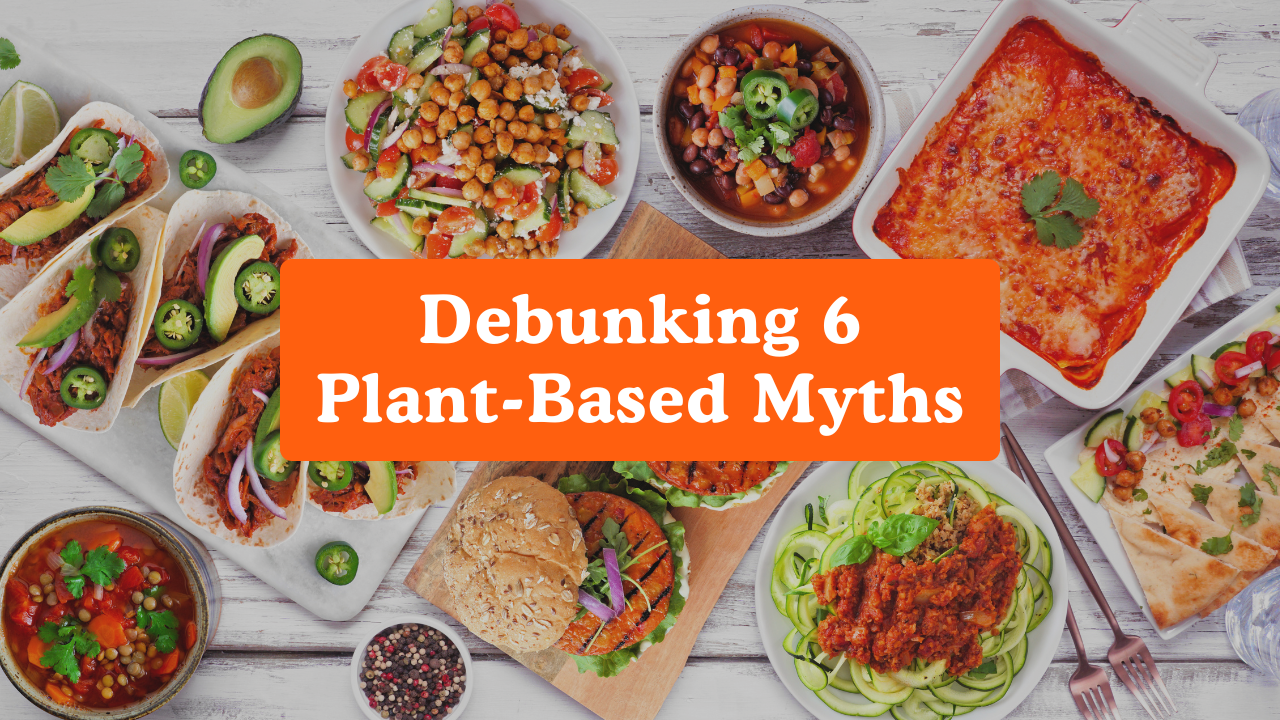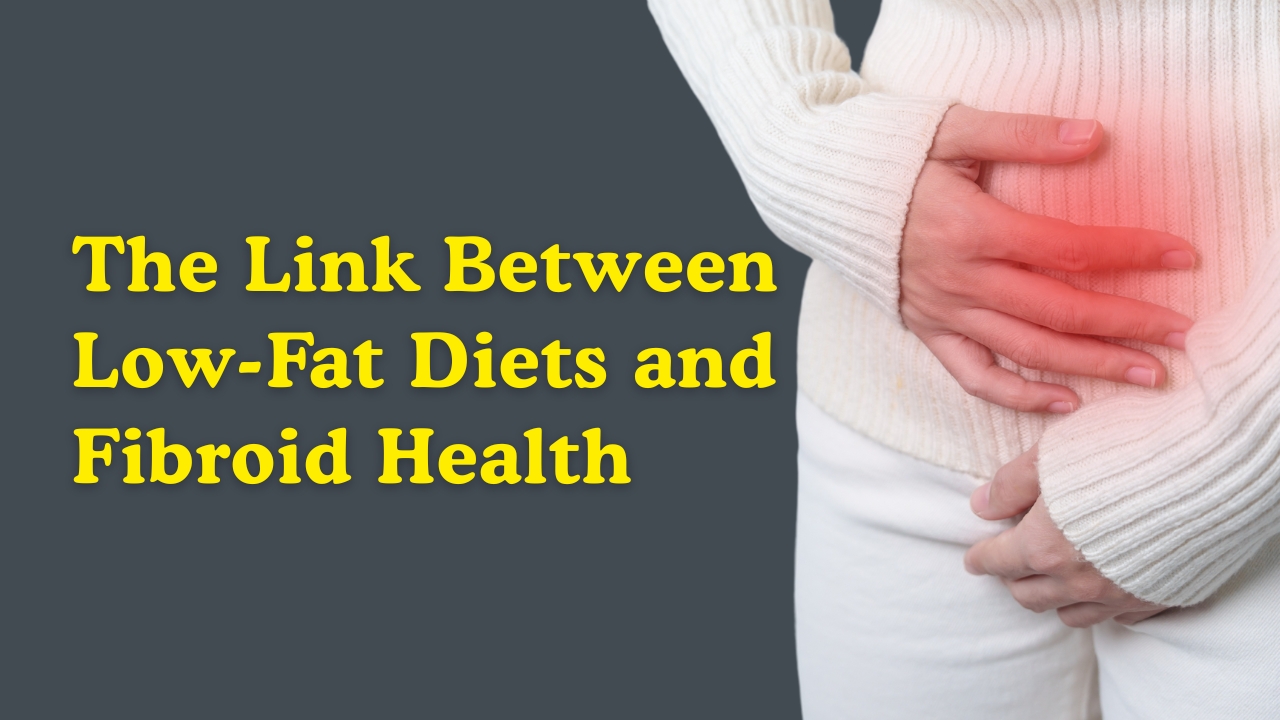I am Dr. Monique, Board-certified Family Physician and Founder of Physician in the Kitchen. With my NEW best-selling cookbook, Doc Fix My Plate! The Physician In The Kitchen’s Prescriptions For Your Healthy Meal Makeover, my other best-selling book, MealMasters: Your Simple Guide to Modern Day Meal Planning, my online course, Vegan-ish: How To Plant-Base Your Pantry and online cooking classes, I help busy households enjoy healthy plant-based eating without impacting their hectic schedules.
Hello MealMasters! People choose to adopt vegan or other lifestyles for a variety of reasons, and they are usually related to improving their health. They may want to eliminate the need for medications to treat their cholesterol or high blood sugar, or maybe they want to lose a few pounds to reach an ideal or preferred weight. By cutting out animal protein, you may notice an improvement in chronic conditions such as joint pain or kidney disease. You may also decrease your risk of developing certain types of cancer. For me, in addition to the known health benefits of a plant-based diet, I truly enjoy experimenting and testing recipes featuring vegetables or other plant-based foods. I also get to create in my “lab” while using my many kitchen gadgets and appliances. This year I am chronicling my journey toward more plant-based meals, and I am sharing with my readers my favorite foods, along with tips and tricks I have discovered along the way.
Today I am continuing my series, Dr. Monique’s Favorite Food ABCs. So far we discussed A for avocado, B for beans, C for cilantro, D for dairy replacements, E is for egg substitutes.
Next is F for fresh and frozen fruits and vegetables. Ok. This is a no-brainer…it’s not exactly breaking news that fresh fruits and vegetables are good for you. There is not much to be said that you don’t already know about the benefits of eating fresh fruits and vegetables. They have no labels to read and decipher. They are environmentally-friendly due to the lack of packaging. Lastly, they are considered whole foods because they are not processed. All that aside, they are just visually appealing. I cannot tell you how much pleasure and excitement when I walk into the produce section of my grocery store! The variety, the colors, and the combinations are limitless. Fresh fruits and veggies are chock full of antioxidants, anti-inflammatories, vitamins, minerals, protein, fiber, good fats, and complex carbs. Factor in that some varieties are either at their peak or available only at certain times of the year (like butternut squash or strawberries) and that trip to the store can make you feel like you have stumbled upon a gold mine (or maybe it’s just me).
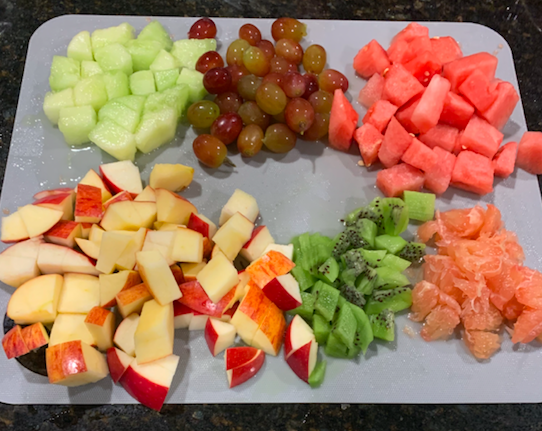
But let’s face it: most of us do not have the time, resources, or desire to go to the grocery store 3-4 times a week in search of fresh produce. Unfortunately, due to social distancing, production, and shipping issues caused by CoVid, finding your faves at the market may be challenging, or even worse, more expensive than before. In fact, it’s times like these when I really wish I had a green thumb and could grow my own produce…sigh…maybe one day. But here is where frozen produce comes in handy and saves the day. Frozen options make it possible to enjoy your favorites year-round, and may even give you access to varieties that may not be available to you locally.
Frozen fruits and vegetables are usually picked at their prime. They are picked when they are ripe, and the vegetables can be blanched (placed in boiling water briefly and then placed in an ice bath to stop the cooking process, which preserves the color and texture) before being frozen in a location close to the field from which they were harvested. Because of this process, frozen vegetables may actually contain more vitamins and phytonutrients (beneficial chemicals produced by plants) than the fresh produce at the grocery store. Another reason why frozen may be better than fresh has to do with how much time has elapsed since it was picked. The produce in your supermarket may have traveled quite a way to get to you, or it may have been sitting in the store for a while and may not be at its peak freshness anymore. This time delay can decrease the actual amount of vitamins and beneficial plant chemicals they contain by the time you buy it. Interestingly, the amounts of carbs, protein, minerals, and fiber they contain are not affected, so fresh and frozen produce have the same amounts of these nutrients.
If you are fortunate enough to get your produce from your local farmer’s market, travel time would not be an issue. The farmer or his representative can tell you when their produce was picked. Some chain grocery stores offer local farmer’s markets produce which should be pretty fresh. Ask the grocery manager what day their deliveries from local farms arrive so you can time your shopping trip.
A newer option for obtaining fresh produce is to sign up for a subscription box, which will deliver fresh produce to your door. There are a variety of options, including organic, and “ugly” vegetables that may not sell in grocery stores due to imperfections. They may be cheaper than your local grocery store and some use recyclable cardboard boxes.
A word about organics: Organic produce, by definition, is free from pesticides, genetically modified organisms (GMOs), and harmful hormones. In my opinion, they also taste better than non-organic. However, they are usually more expensive (and smaller) than conventionally-grown produce. If you want to buy more organics but are looking to save on your grocery bill, you can pick and choose on which items you shell out the extra bucks. Generally speaking, if you will be eating the skin or outermost of the fruit, opt for organic. Strawberries, peaches, green beans, sweet bell peppers, carrots, and sweet potatoes are a few examples. Apples, lettuce, and broccoli are considered to be low risk so conventional should be OK to buy. Be sure to wash all produce thoroughly before eating. You can make a simple veggie wash by adding 1 part white vinegar to 3 parts water. Place produce in a clean sink and let soak for 10-15 minutes. Rinse well, dry, and prepare as desired. This works well for fruit (like apples) that you want to have easily accessible for healthy snacks. Wait until you are ready to use your veggies because washing them and then storing them can make them spoil faster.
As for frozen fruits, I enjoy having my choice of frozen mango, pineapple, berries, and avocado (yes, avocado is a fruit). Making smoothies with them is super easy since they add color, nutrition, ice, and bulk. Frozen fruits do not undergo the blanching process described above, so they do not lose any of the water-soluble (meaning they dissolve in water) vitamins they contain, such as B vitamins and vitamin C. Be sure to look for sales, and consider buying these at warehouse stores to save on the price. If you do buy in bulk, before you freeze them at home, break them down into portions that make them easier to use. Using sandwich bags or ice cube trays helps with portion size. Be sure to label and date them and keep the FIFO approach: first in, first out. This means that you use the items that have been stored the longest before using fresher ones.
If you plan on freezing your own produce (whether you grew it in your garden or bought some in bulk), be aware that not all produce is freezer-friendly. A general rule of thumb to keep in mind is that if it has a high water content it will not do well when defrosted or thawed. Fruits like watermelon, strawberries, and oranges are best kept and used while frozen, like in a smoothie or blended drink. Vegetables that are best to avoid freezing and then defrosting include celery, cucumbers, lettuce, and radishes. They will become limp and soggy if you do so. Instead, use them frozen in dishes like soup or maybe even casseroles which can be more forgiving than say, a saute or stir fry (I think it’s best to use fresh, crisp vegetables for the latter).
Bottom line: however or wherever you get your produce, whether it be fresh from your garden, delivered in the mail, your local farmer’s market, or your grocery store produce aisle or the freezer section, be sure to get anywhere from 5-13 servings of fruits and vegetables per day. Try to get as many different colors as you can to get all the antioxidants, vitamins, and minerals that you deserve!
Below is my recipe for an easy fresh fruit salad, and if you make any of the dishes mentioned in this blog be sure to post on IG and tag me (see links below)!
Be sure to join me weekly on the Clubhouse app, Mondays at 6 pm EST as I discuss my journey toward more plant-based meals as well as tips and tricks I have learned along the way that may help you as well.
See you in the kitchen!

For more information, be sure to visit me at DrMoniqueMay.com, and join the #MealMastersCommunity at www.Facebook.com/groups/mealmasters today.
Follow me on Instagram at https://www.instagram.com/drmoniquemay and https://www.instagram.com/physicianinthekitchen/ and Facebookat https://www.facebook.com/DrMoniqueMay and https://www.facebook.com/physicianinthekitchen.

